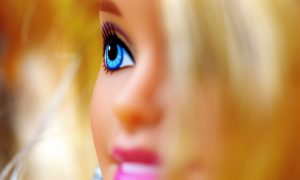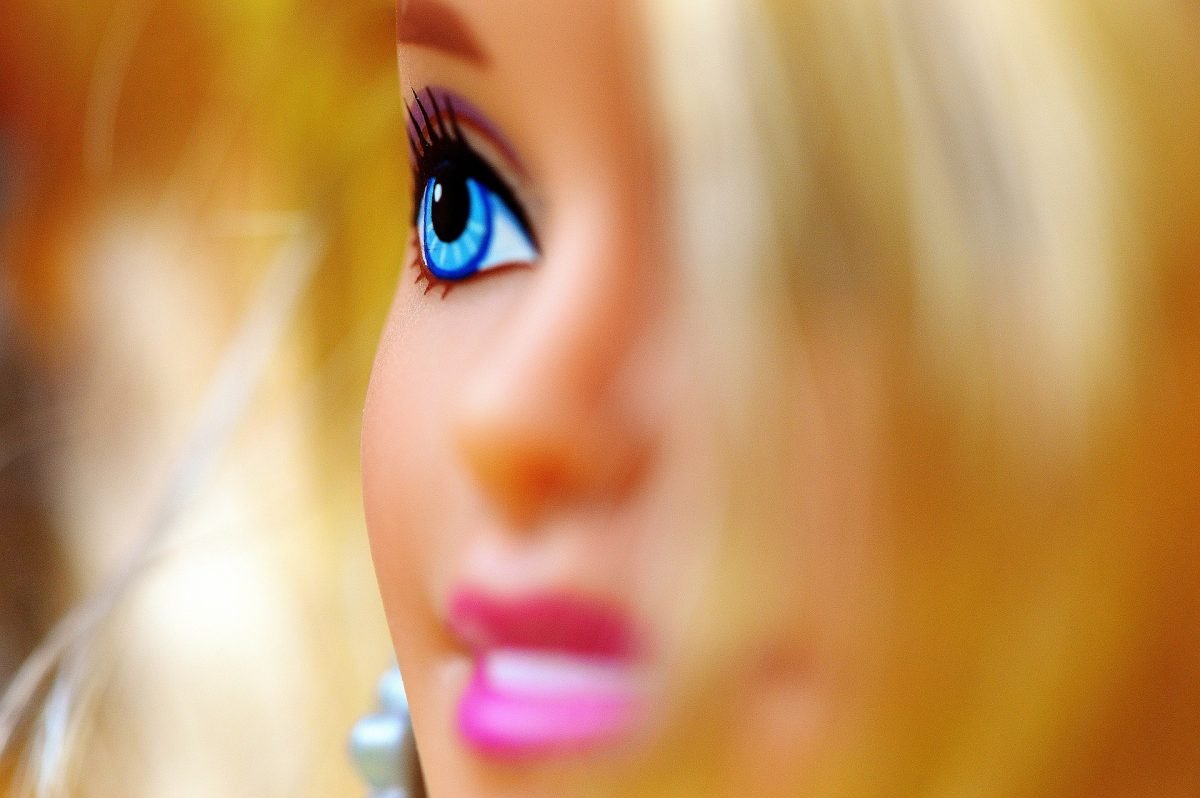Mattell Launches First Barbie Doll With Down Syndrome

American toymaker Mattel has unveiled its first-ever Barbie doll representing a person with Down syndrome as part of its efforts to be more inclusive.
In a press release unveiling the new doll, Mattel said it hopes the new addition will “allow even more children to see themselves in Barbie” and “inspire all children to tell more stories through play.”
The El Segundo, California-headquartered toy company said it had teamed up with the National Down Syndrome Society (NDSS) in bringing the product to market to ensure the doll accurately represents an individual with Down syndrome and that consumers would “immediately connect” with the product.
“NDSS’s guidance and real-world experiences informed the design process from start to finish, including the doll’s sculpt, clothing, accessories, and packaging,” the company said.
According to the toymaker, the recently unveiled doll features a new face and body sculpt to be “more illustrative of women with Down syndrome,” including a shorter frame and a longer torso.
“The new face sculpt features a rounder shape, smaller ears, and a flat nasal bridge, while the eyes are slightly slanted in an almond shape. The doll’s palms even include a single line, a characteristic often associated with those with Down syndrome,” it said.
‘Counter Social Stigma Through Play’
In addition, the Barbie doll is fitted in a blue and yellow butterfly dress—symbols and colors associated with Down syndrome awareness, and a pink pendant necklace with three upward chevrons, which represents the three copies of the twenty-first chromosome.
Typically, a baby is born with 46 chromosomes. Babies with Down syndrome have an extra copy of one of those chromosomes, chromosome 21, which is also known as “trisomy.”
“The three chevrons, or arrows, are a symbol that unites the Down syndrome community and are meant to represent ‘the lucky few’ who have someone with Down syndrome in their life,” the toymaker added.
Elsewhere, the doll is fitted with pink ankle orthotics, which some children with Down syndrome use to support their feet and ankles.
“As the most diverse doll line on the market, Barbie plays an important role in a child’s early experiences, and we are dedicated to doing our part to counter social stigma through play,” said Lisa McKnight, executive vice president and global head of Barbie & Dolls, Mattel.
“Our goal is to enable all children to see themselves in Barbie, while also encouraging children to play with dolls who do not look like themselves. Doll play outside of a child’s own lived experience can teach understanding and build a greater sense of empathy, leading to a more accepting world. We are proud to introduce a Barbie doll with Down syndrome to better reflect the world around us and further our commitment to celebrating inclusion through play,” McKnight added.
Inclusive Barbies
The new doll is part of Mattel’s “2023 Fashionistas lineup,” which includes a variety of different dolls in wheelchairs and with prosthetic legs. The range also features dolls that are “curvy” or have varying skin colors.
In 2020, Mattel also introduced dolls with vitiligo (the loss of skin color) or with no hair.
According to the Centers for Disease Control and Prevention (CDC), Down syndrome remains the most common chromosomal condition diagnosed in the United States, where roughly 6,000 babies are born with the condition every year.
While researchers know that Down syndrome is caused by an extra chromosome, it is unclear exactly why the condition occurs, although pregnant women who are aged 35 years or older are more likely to have a pregnancy affected by Down syndrome than those who become pregnant at a younger age.
Kandi Pickard, CEO and president of NDSS, which worked with Mattel to create the new dolls, said the product means a lot to the Down syndrome community, allowing them to play with a Barbie doll that looks like them for the first time.
“This Barbie serves as a reminder that we should never underestimate the power of representation. It is a huge step forward for inclusion and a moment that we are celebrating,” Pickard said.




